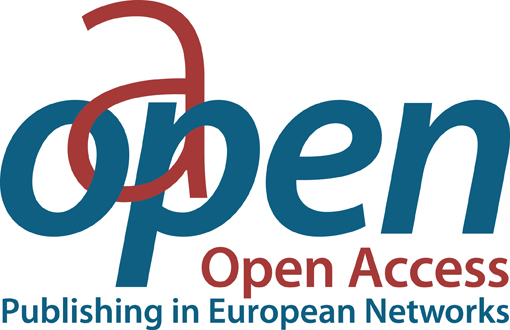Comparative Analysis of the Regional Operation of the Just Transition Fund Based on Territorial Development Plans and Best Practices
Kratka vsebina
As a new instrument of Cohesion Policy, the Just Transition Fund (JTF) was introduced in the 2021-2027 programming period, which is the part of the European Green Deal. Its main goal is to make the European Union climate-neutral by 2050. The JTF supports regions with high carbon emissions, and its aim is to manage industrial transition and structural change. The study examines how each region is implementing its Just Transition Fund plans and what innovative funding systems have been developed. In addition, through secunder research, we present model projects that are moving towards a circular economy and economic diversification and are relevant to the regions concerned. Three similar coal regions have been highlighted (Hungary - Baranya County, Czech Republic - Ústí Region, Spain - Asturias Region), which show similar economic and social symptoms. Each of the three regions has approached the problem with very different operational programmes and draft calls for proposals, resulting in different pull projects to support their economies. The aim of the study is to prove the hypothesis that, despite the similarities in the economic environment, programmes can be successfully implemented along the lines of the expected effects of the Just Transition, even under different support schemes.
Prenosi
Strani
Izdano
Kategorije
Licenca

To delo je licencirano pod Creative Commons Priznanje avtorstva-Deljenje pod enakimi pogoji 4.0 mednarodno licenco.






